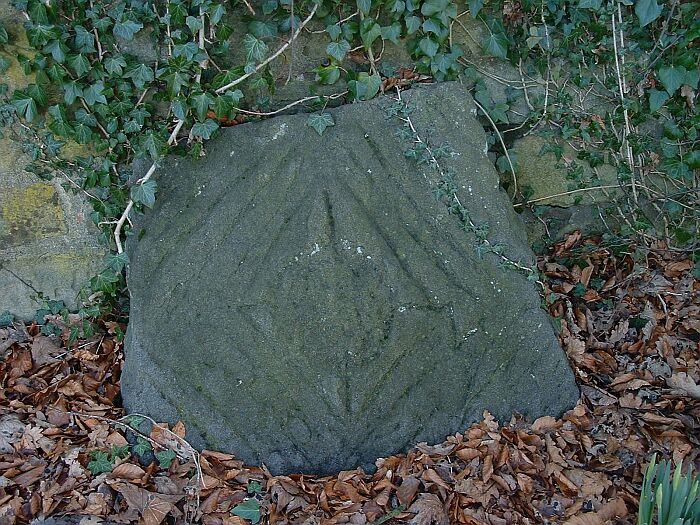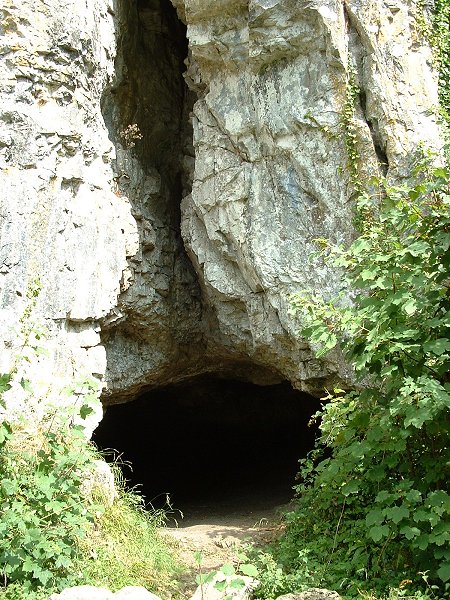
Feb 2004

Feb 2004

August 2004

Nice views across Llanrhidian sands.

The barrow is the slight mound on top of the chalk quarry face.

View looking south.

View looking north. The depression was caused by excavation in 1941.

View from across the field.

Looking south

Looking north

Not really much to see at this barrow – a slight hump in the field is all that left.

Barrow 2

Barrow 1

Looking southwest

Early spring picture

Picture taken during early spring

The northmost barrow

Looking eastwards from close to ‘High Street‘

This picture from around 1890 appears in C. Phillips study of Lincolnshire published in 1932

Summer 2005

Feb 2003

Feb 2004

Barrow 1 – Feb 2004

Picture taken from slightly below the level of the cave to get the whole of the fissure in shot.

Picture taken from the same level as the cave.

Entrance to the cave. From memory I think it extends about 20 feet back into the darkness.

A small stone with 3 cups that face the Haystack

Carvings on the eastern section of the outcrop.

The most easterly carving on the outcrop.

The middle set of carvings on the outcrop.

Close-up of the grooves on an unusual rock.

An interesting grooved stone.

The barrow seen from a lower level as the land falls away slightly.

The barrow seen from roughly the same level. The top looks to have been slightly flattened.

Eastern banks.

Western middle bank.

The three banks, the inner in on the bottom right of the picture. Looking West.

Could be nothing, but . . . on the east side of the monolith and at about shoulder/head height is this small groove (I’m guessing about 6-8 inches long). It could be natural but the fault lines on the stone run from top left to bottom right on this side and this mark is vertical and looks quite different. Was it caused by the tip of a stone axe?

The large boulder with possible cup marks. The flat ‘front’ faces into the circle.

Looking roughly south.

The south and west ditch and bank. Grassington village is to the top right of the picture.

Part of what could have been a double ring on the northwest of the circle.

The possible outlier about 6 metres to the southeast of the circle.

The largest stone in the ring also seems to the be one nearest the river – was this placement significant?

East chamber.

Portal stones of the western chamber.

Taken from the opposite direction to Stubob’s photo, showing the gutter that follows the edge of the stone and the raised ‘boss’ at top of picture.

View to the southwest.